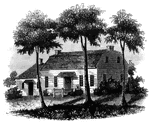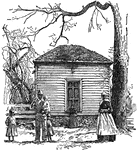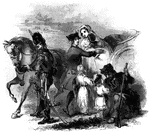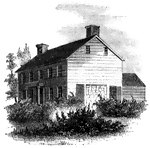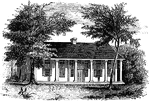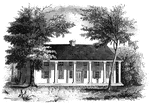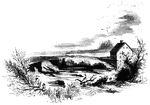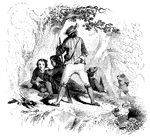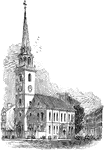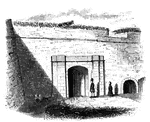
Ramapo Pass
"Remains of intrenchments the Ramapo Pass. This view is from the road, looking north toward the village…
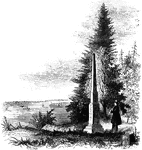
Red Bank Monument
"Monument at Red Bank. This view includes the monument, a portion of the Delaware, and the mouth of…

Red House
The Red House. The "Red House" is situated upon the street in Wilkesbarre next the river, and about…
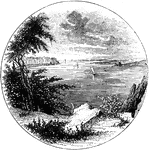
Redoubt
"View from the site of the Redoubt. This view is from the mounds looking northwest, up the York River.…
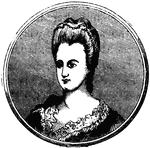
Esther Reed
(--1780) provided relief to American soldiers in the revolution. Wife of General Joseph Reed.

The Regulars Are Coming
The alert given by Paul Revere to his fellow patriots. The Regular army is the permanent army of a country…
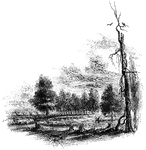
Regulator Battle-ground
"The Regulator battle-ground. This view is from the south side of the Salisbury Road, which is marked…

Representation of 1775
Virtual representation, 1775. 1. One String Jack, Deliver your property. 2. Begar, just so in France.…

Isaac Rice
Isaac Rice was the name of our octegenarian guide. Like scores of those who fought our battles for freedom,…

Ridgefield
Place of the barricade, Ridgefield. This view is at the north end of the main street. It was taken from…

Riedesel House
"The Riedesel House, Cambridge. This is from a pencil sketch by Mr. Longfellow. I am also indebted to…
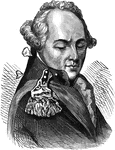
Frederick Adolph Riedesel
Riedesel was the commander of a regiment of soldiers from the Duchy of Brunswick (Braunschweig) among…

River Bateau
A river bateau. Bateaux were rudely constructed of logs and planks, broad and without a keel. They had…
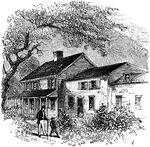
The Beverly Robinson House
The home of Beverly Robinson, a commander of the Loyal American Regiment. He is known for his work with…
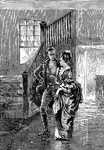
Hall in the Beverly Robinson House
A hall in the house of Beverly Robinson. This house was also the headquarters of Benedict Arnold.
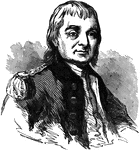
Beverly Robinson
Beverly Robinson was a military officer born in Virginia in 1764 who fought in the American Revolution.

Rocky Mount
"View at Rocky Mount. This view is from the garden-gate at Mrs. Barkley's, looking northeast. On the…

Roger's Rock
Roger's Rock. This sketch is from the lake, a little south of Cook's Point, seen just over the boat…

Rugeley's
"View at Rugeley's. This view is from the south side of the bridge. The counterfeit cannon was placed…
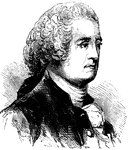
Governor John Rutledge
(1739-1800) A lawyer and a judge, Rutledge was a delegate to the Stamp Act Congress and the Continental…

Sabbath Day Point
Sabbath Day Point. It is between three and four miles from the little village of Hague, in the midst…

Sander's Creek
"View at Sander's Creek. This view is from the north side of the Creek. like the other stream, it is…

Sarcophagus of Washington
"The sarcophagus of Washington. This was placed in the family vault in the autumn of 1837."—Lossing,…

Savin's Rock
Savin's Rock. This is a view of the spot where Farth landed, in Orange, formerly West Haven. It is between…
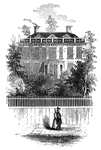
Schuyler's Mansion
Schuyler's Mansion. This view is from Schuyler Street. The edifice is of brick, having a closed octagonal…

Seabury's Monument
"Bishop Seabury's Monument. The following is the inscription upon the slab: 'Here lieth the body of…
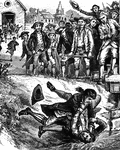
Shay's Rebellion
"A scene at Springfield, during Shay's Rebellion, when the mob attempted to prevent the holding of the…
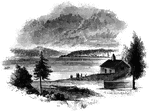
Sholes's Landing
View from Shole's Landing. This is a view from Chipman's Point, or Sholes's Landing, looking north.…
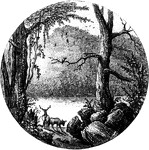
Lake Sinnipink
"Lake Sinnipink, or Bloody Pond. This view is from the outlet of the lake, within a few rods of the…
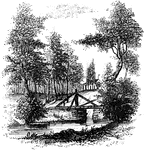
Sleepy Hollow
"Bridge over Sleepy Hollow Creek. Ichabod, according to Irving, in the Legend, returning from…
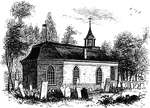
Sleepy Hollow Church
"Ancient Dutch Church in Sleepy Hollow. This view is from the church-yard, looking southwest. The porch…

William Smallwood
(1732-1792) Served with the British army during the French and Indian War. He led troops in the American…
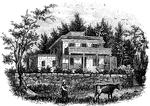
Smith's House
"Smith's House. This view is from the slope in front of the house. The main building is of stone; the…

Society of the Cincinnati
"Society of the Cincinnati, member's certificate. This engraving is a fac simile of a certificate, about…
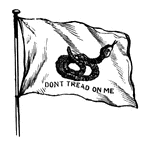
South Carolina flag
"Rattlesnake Flag of South Carolina, during independence of the states."—E. Benjamin Andrews,…

Speaker's Desk and Winslow's Chair
"Speaker's desk and Winslow's chair. This desk is made of ash. The semicircular front is about three…
St. John's
Military establishment at St. John's. This view is taken from the eastern side of the river, near the…
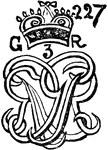
Stamp Act
"Stamp from the Stamp Act. The first direct issue of importance between the colonies and England came…

Stamp Act
"Stamp from the Stamp Act. The first direct issue of importance between the colonies and England came…
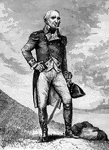
General John Stark
"General John Stark, an American general who fought at Bunker Hill and Trenton."—E. Benjamin Andrews,…

